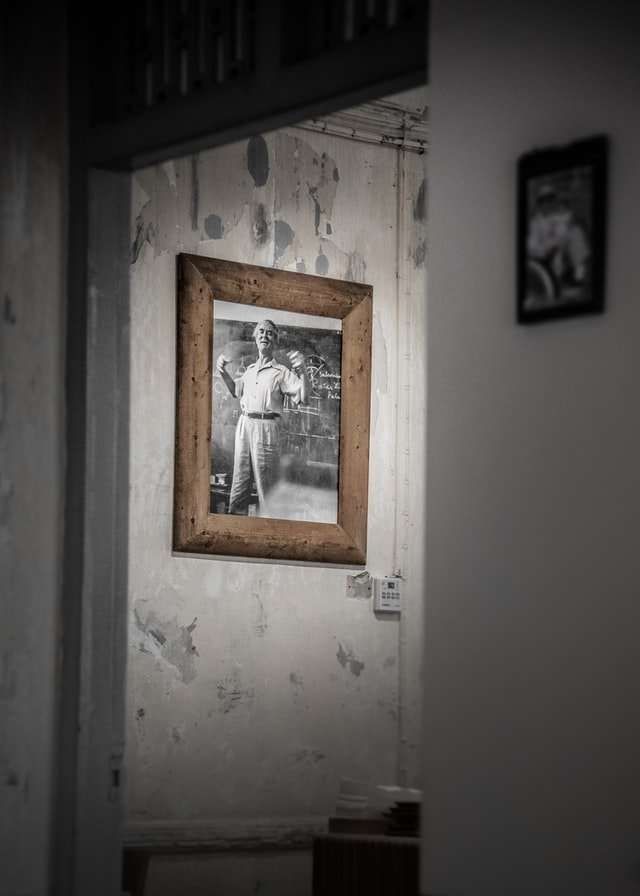What is an idea? Sometimes it seems like this question is pretty simple, but in the real world it can get a little bit more complicated. I think that we can define an idea as any kind of creative expression. This includes things like novels, poems, paintings, songs, films and even software. But what about inventions? Is the light bulb an idea or an invention? Clearly both.
Trying to figure out how to protect your ideas is not always easy and there are different methods of doing so. The first thing that you should do is make sure that you have actually created something new and unique. Then you will want to consider how exactly you will want to protect your work. If you believe that it will be easy for your work to be stolen or reproduced then you may want to consider registering for a patent for your product. You should also think about whether or not you would like to sell or license your product or if it should just be given away for free.
This blog is meant to help you understand the basics of protecting your products and ideas from being stolen or replicated by other people. Hopefully this information will help you make the best decisions when trying to protect yourself from other people trying to gain from your hard work.
Can you copyright an idea? Ideas, concepts and inventions are not protected by law. In the United States and in most countries, it is only possible to protect the manner of expression of an idea or concept. The way an idea or concept is expressed may be copyrighted, but the underlying idea itself cannot be.
However, there are still ways an artist or writer can protect his work from being copied without permission. Copyright protects original works such as novels and paintings. A trademark can protect a name or logo—such as Coca-Cola®—and a patent can protect a process, machine, or even a manufactured item—such as Velcro®.
Trying to copyright an idea is a waste of time. It’s also foolish because you lose control of your idea as soon as you put it into someone else’s mind.
If you are thinking about applying for a patent on your invention, keep in mind that this does not necessarily protect either the design or the function of your invention. In other words, if someone else were to change the design slightly or apply your function to another product, they would not be infringing on your patent.”
A work of art is something original. It is a creation. You create it and it is yours. The copyright law says that you have the right to prevent others from copying your work without your permission, but how do you go about doing so?
There are two ways to protect your work of art, and they are mutually exclusive. One way is to keep it secret, and the other way is to make it public.
**Keeping your idea a secret**
If you want to keep your idea a secret, you can try hiding your work in some way so that no one will see it or be able to copy it by some technological means. This might involve elaborate concealment devices such as safes and vaults, or simply keeping your idea close to your person and away from prying eyes and ears. Security guards, locks, encryption and passwords might also be used. If you have a patent on your idea, this would be an appropriate time to cite the patent number.
You can also try hiding your work in plain sight by putting it in writing disguised as fiction or poetry. This was actually done by Shakespeare who was worried about his plays being stolen so he wrote them in such a way that no one could even tell what genre they were until after the
Intellectual property (IP) is the “creation of the mind.” It includes literary and artistic creations such as literary, dramatic, musical and artistic works, computer programs, and designs.
IP rights are granted to inventors and authors by law in order to protect their ideas from being copied or imitated without their consent.
IP is protected through a combination of criminal laws (against copying), civil laws (against copying), and contract law (giving the creator the ability to decide whether or not to license certain rights). The cost of enforcing IP rights is often prohibitive for individual creators, so they form collectives to lower these costs through the sharing of resources. Organizations that assist creators with enforcement of IP rights are known as collective management organizations (CMOs).
Treaties help countries harmonize their national IP laws or cooperate in other ways. A notable example is the Berne Convention on copyrights, which has been in effect since 1886. Some treaties establish international organizations like WIPO. Another example is TRIPS, which established the World Trade Organization’s agreement on intellectual property issues.
Intellectual property (IP) is a form of intangible property that refers to rights over information. The most common types of intellectual property are copyrights, trademarks, patents, and trade secrets.
It is important to note that while the words “intellectual property” may be new, the concept is not. In fact, many of the ideas that fall under this umbrella have been protected by various means throughout history.
II. The Strengths and Weaknesses of Intellectual Property Laws
A. The Strengths of Intellectual Property Laws
The purpose of intellectual property laws is to encourage innovation by protecting creators and innovators from competition for a limited amount of time. By doing so, it allows them to profit from their inventions or creations before releasing them into the public domain. This can be very effective in encouraging creativity and innovation, since inventors and creators are incentivized to keep working on their ideas so that they can reap the benefits when they go public. Intellectual property laws can also serve as a sort of fail-safe: if an idea is patented, someone who might steal it will know that it is protected by law and can be prosecuted if he does not pay for it first.
The term “intellectual property” refers to any kind of intangible asset that has
In short, the law has been and is being used to justify the theft of culture. And that’s a big problem, because the only thing that makes the world go round — more than money, more than oil, more than God — is culture.
The law is not protecting artists. But artists are protecting themselves and their art in other ways. And they will continue to do so whether or not they’re “allowed” to. Which brings us to some final thoughts on the subject of intellectual property.
STORY: A man walks into a bar. He orders a beer and a shot of whiskey and proceeds to down the whiskey. The bartender says, “Excuse me, but you just drank my drink.” The man looks the bartender in the eye and says, “I’m sorry about that, but I have a solution for this problem.” The bartender looks at him quizzically and asks, “And what might that be?” The man replies, “Next time I’ll order my beer before I have my whiskey.”


